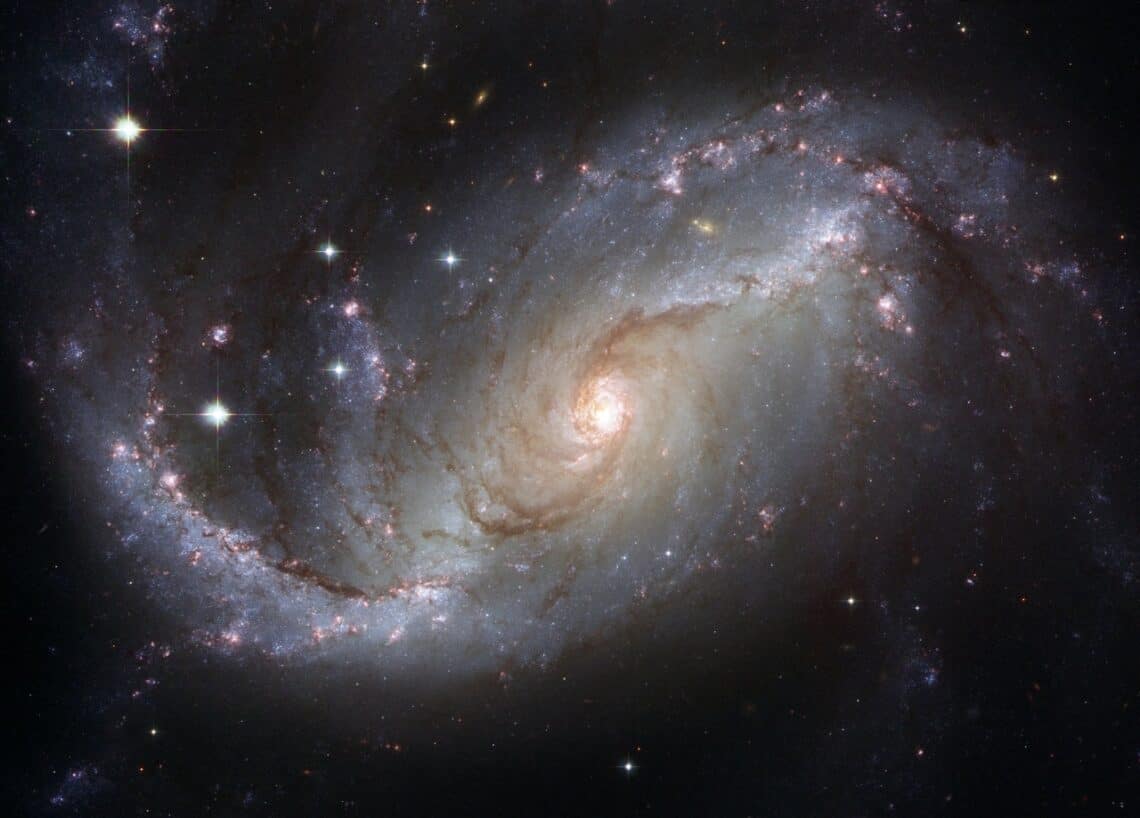Overview of Scientific Understanding
Science in the betterment of human life
Science, over the years, has become an exciting part of our lives. Scientific discoveries and technological developments have influenced every walk of our life. There are unlimited means and sources of entertainment, and the advent of information technology has helped spread messages worldwide in no time. One can sit in the comfort of one’s living room and talk to friends and relatives several thousand miles as though chatting seated in the same room. Advancements in the modes of transportation have made the world small as far-off distances can be covered in a matter of hours or days. We can see what is happening on Mars and Moon using satellite cameras.
Moreover, man is reaching out to planets like the Moon, Mars, Jupiter etc., with the help of rockets and spacecraft. Cloning and genetic engineering techniques enable humans to play God and modify living forms for their betterment. There seems to be no end to the list of things science can attempt.
Origin of the Universe
Some areas are beyond the grasp of science because of natural limitations; however, science might refuse to accept them. One such area is the issue of the origin of the Universe. Astronomists and cosmologists, by their intense research, have proposed newer theories. Whoever has gazed at the sky and the vast Universe during the night must have been wonderstruck by the vast expanse of bright objects, luminous bodies and twinkling stars of various sizes found scattered individually and in groups or groups of constellations. Often, many are unaware that our earth forms a part of the vast Universe we see. If anyone could look from one of those bright objects in the sky, our earth also would have looked like one of those bright objects from there.
For centuries, humans have gazed at these stars and wondered how the Universe developed into what it is today. It’s been the subject of religious, philosophical, and scientific discussion and debate. People who have tried to uncover the mysteries of the Universe’s development include such famous scientists as Albert Einstein, Edwin Hubble and Stephen Hawking. After holding on to the theory of linearity of the Universe, scientists ultimately realized that the Universe is not eternal and had a beginning. One of the most famous and widely accepted scientific models for the origin and development of the Universe is the big bang theory.
Following Big Bang
The theory states that the Universe began as a boiling, dense point roughly 13.7 billion years ago. According to scientists, between 10 billion to 20 billion years ago, a massive blast allowed all the Universe’s known matter and energy—even space and time—to spring from some ancient and unknown energy that appeared from nowhere.
The Universe evolved through various epochs after the Big Bang to form the Universe that we see and understand. The stages or epochs, as understood by science, are
1, Plank epoch (10-43 seconds), whence all the four energies were concentrated as a singularity;
2, Grand unification epoch (10-43 to 10-36 seconds), whence force of gravity separated from the fundamental forces and elementary particles and anti-particles started appearing;
3, Inflationary epoch (10-35 to 10-32 seconds) whence a process of inflation of space with an energy that got transformed into the matter as we see today and the strong nuclear force got separated a hot, dense quark-gluon plasma, sometimes known as “quark soup” that became spread thinly across the Universe;
4, Electroweak epoch (10-36 to 10-12 seconds), whence exotic particles like W and Z bosons and Higgs field appear with the Universe of radiation and begin to support things that have mass;
5, Quark epoch (10-12 seconds to 10-6 seconds) whence quarks, electrons and neutrinos formed and quarks and antiquarks annihilated each other, and surplus quarks combined to form matter;
6, Hadron epoch, the Universe starts taking shape (10-6 seconds to 1 second), whence the Universe becomes less dense and cools. Protons, electrons, neutrons, and neutrinos form, and the fundamental forces become distinct.
7, Lepton epoch (from 1 second to 3 minutes), whence basic elements start forming.
8, Nucleosynthesis (from 3 minutes to 20 minutes), whence the temperature of the Universe falls to a billion degrees and atomic nuclei of hydrogen, helium, and lithium start forming;
9, The radiation era or photon epoch or radiation domination (from 24 minutes to 2,40000 years), whence the temperature of the Universe fell to 3000 degrees ( as of the Sun). By the end of this period, the Universe consisted of a fog of about 75% hydrogen and 25% helium with just traces of lithium.
10, Dark Age or dark era (about 300000 to 150 million years), whence photons and first atoms existed, but the stars were not yet formed, and a mysterious dark matter dominated the entire Universe.
11. The era of matter domination or reionization (150 million to 1 billion years) began whence the first quasars were formed from gravitational collapse. The Universe changed from neutral to composed of ionized plasma and galaxies.
12. Birth of stars and galaxies (300 – 500 million years onwards), when large volumes of matter collapsed to form galaxies, and gravitational attraction pulled galaxies towards each other to form groups, clusters and clusters superclusters.
13. Solar system formation (from 8.5 – 9 billion years) whence the Sun formed within a gas cloud in a spiral arm of the Milky Way Galaxy. A vast disk of gas and debris swirled around this new star, giving birth to planets, moons, and asteroids. Earth was the third planet out.
14. Present (13.7 billion years), whence the expansion of the Universe and recycling of star materials into new stars continues.
Ref:
The Mystic Universe, Science and Super science by Prof. A V Ramachandran, Shri Prannath Gyanpeeth, Sarsava, India





